EDUCATION
MFA Photography and Art History, Texas Woman's University, Denton, TX, 2003
BFA Photography and Visual Art Studies, University of North Texas, Denton, TX, 1997
Artist Statement
Kelli Connell’s photographs from the series Double Life have been widely received and included in numerous national solo and group exhibitions. Her work is in the collections of The Metropolitan Museum of Art; Los Angeles County Museum of Art; Museum of Fine Arts, Houston; Museum of Contemporary Photography; and The Dallas Museum of Art. Connell’s first full-length monograph entitled Kelli Connell: Double Life was released by DECODE Books in August of 2011. While at The MacDowell Colony, Connell worked on Pictures for Charis, a project that includes photographs and writing that serve as both an homage to Charis Wilson and Edward Weston, and as a backdrop to raise new questions and dialogues about the spousal relationships of photographers and models in the twenty-first century.
Questions/Comments:
1. For me, a loose idea for a project comes first and then individual photos start to shape this concept...
2. I strive for a complex reading of my work.
3. The images I make are particularly dependent on a body of work.
5. ...it's a balance between these two approaches.
8. ...I initially work in a nonlinear way, creating single photographs...and it is through the editing process...that the edit solidifies itself.
9. This may go back to me not liking things that fit in boxes...
10. I feel that presentation is an essential element in all of my work.
Completely blown away. Her photos are so compelling, so intimate that I often felt like a voyeur and uncomfortable. Reading about her process was eye opening. I held a belief that to be an amazing photographer you should have a perfect photo out of the gate, very few edits, spontaneous, not staged. It's a combination of silly beliefs in my head, pressure on myself and wanting to be the best. Unfortunately, with all the extra weirdness in the world lately I keep getting stuck, frozen and unable to push myself. My favorite quote was one she attributed Henry Peach Robinson "any dodge, trick and conjuration of any kind is open to the photographers use". I always have felt I was cheating or not being the best that way.
__________________________________________________________________________
Lois Conner
Bio
Lois Conner is an American photographer of contemporary landscapes born in 1951 in New York. Conner is noted particularly for her platinum print landscapes that she produces with a 7" x 17" format banquet camera. She has spent many years working in Asia, particularly China and Vietnam, while also exploring various projects in Europe and America. Conner received her MFA in Photography from Yale University in 1981 and her BFA in Photography from the Pratt Institute in 1975. Artist moved to New York City in 1971 where she worked for the United Nations until 1984.
In 1982 she began to work in an elongated format, using a panoramic or banquet camera, inspired in part by Ming dynasty paintings she had studied while in graduate school. Two years later, with a Guggenheim Fellowship, she spent nine months in China and since then has returned to work there annually, most often for months at a time. The stories told by her maternal grandmother, who was Cree, have inspired Conner to explore the American West with a focus on the Native American Reservations. She has made trips west annually since 1989 and crossed America many times in her Ford pick-up truck, working and camping along the way.
During last 25 years Conner has drawn her inspiration from the gradual yet profound changes in the physicality of the cities and countryside which have occurred since the adoption of a market economy. The panoramic form allows her to extend the sweep of narrative in her images and to embrace more than one moment concurrently. She uses photography to reinvent a sense of the world through landscape, of landscape as culture.
Conner has been teaching photography for over thirty years, including a decade at Yale University School of Art. Other venues include Princeton University, Sarah Lawrence College, Stanford University, and the School of Visual Arts, among others. She has had numerous gallery and museum exhibitions, including at the Los Angeles County Museum of Art and at the Cleveland Museum of Art.
Artist Statement
Lois Conner’s work encourages the viewer to explore the similarities and nuances of our world. Though we are shown a moment in time of a specific place, her images invite us to consider the history of that place, its culture and its connection to other places. “What I am trying to reveal through photography in a deliberate yet subtle way is a sense of history. I would like my photographs to describe my relationship between the tangible and the imagined, between fact and fiction. I’m a born traveler and adventurer, and an obsessive collector and observer of landscape, attempting to twist what the camera faithfully describes into something of fiction.”
Obviously, I am enamored with the photographs of China. I love the ethereal quality, the shapes and forms. I did post a few of her newer work "The Rez". It contrasts so vividly with her previous work.
1. Sometimes a few photographs from another body of work suggest the way forward.
2. The elements that must be present for me historical, cultera; and personal connections to the landscape.
4. I would say that the panorama informs my narrative.
12. In the beginning of a project, sometimes I am all over the place so I am unsure of the form of the pictures (yet plowing ahead anyway).
12. These portraits may never be in an exhibition or book. But it's a critical project for me.*
*This last statement for me is something I identify with. Do my photographs need to be seen? Are they for me? How can I incorporate them into sculpture. My Mom is terminally ill and I think that is why I am attracted to cemeteries. I am trying to reconcile my best friends eventual death. Although, she will not be in a cemetery, we have chosen cremation. I have issues with claustrophobia and being underground. And, although I have issues with the idea of "god" I love Catholic churches..the architecture and pageantry.
__________________________________________________________________________________
Matthew Conners
Bio
Matthew Connors (b. 1976, Port Washington, NY) uses photography to engage in the external world in largely international contexts. In recent years he has been drawn to valences of friction between governments and the collective will of their citizenry. This has led him to haunt the periphery of revolutionary activity in Cairo; glimpse the mechanisms of totalitarianism in North Korea; embed himself in the Occupy movement in New York; chart the legacy of revolutionary monuments in Cuba; and track the paroxysms of protest in the wake of the 2016 United States presidential election. With all this work his goal has been to navigate between reportage, poetry, and surrealism to find different visual idioms that can render these currents of history with emotional urgency.
Connors’ photographs have been exhibited in galleries and museums worldwide including the Museum of Modern Art, New York; DOX Centre for Contemporary Art, Prague; and the Storefront for Art and Architecture, New York. He is the recipient of a Lightwork Fellowship, a MacDowell Colony Fellowship, the Virginia Center for Creative Arts Fellowship, the William Hicks Faculty Fellowship from the Massachusetts College of Art & Design, and the Alice Kimball English Travelling Fellowship from the Yale School of Art. In 2016 he was awarded an ICP Infinity Award for his first monograph Fire in Cairo.
He received a BA in English Literature from the University of Chicago in 1998 and a MFA in Photography from Yale University in 2004. He has been teaching in the Photography Department of the Massachusetts College of Art & Design since 2004.
Artist Statement
I am an artist whose lifelong commitment to the medium of photography has been propelled by the revelatory potential of photographing in the public sphere. My interests are rooted in my early studies in literature and political philosophy, which inform my approach to historical, cultural, and political realities. I use photography and creative writing as a means to convey the emotional and intellectual weight of those realities, and expand notions of the documentary. My practice is fluid, employing a variety of processes and is increasingly oriented toward the relationship between text and image in the expansive terrain of art book publishing.
When photographing, I gravitate toward the external world in largely international contexts, and have been drawn to valences of friction between governments and the collective will of their citizenry. In the past several years this has led me to haunt the periphery of revolutionary activity in Cairo; glimpse the mechanisms of totalitarianism in North Korea; embed myself in the Occupy movement in New York; chart the legacy of revolutionary monuments in Cuba; track the paroxysms of protest in the wake of the 2016 U.S. presidential election; and observe the evolving pro-democracy movement in Hong Kong. With all this work my goal has been to navigate between reportage, poetry, and surrealism to find different visual idioms that can render these currents of history with emotional urgency.
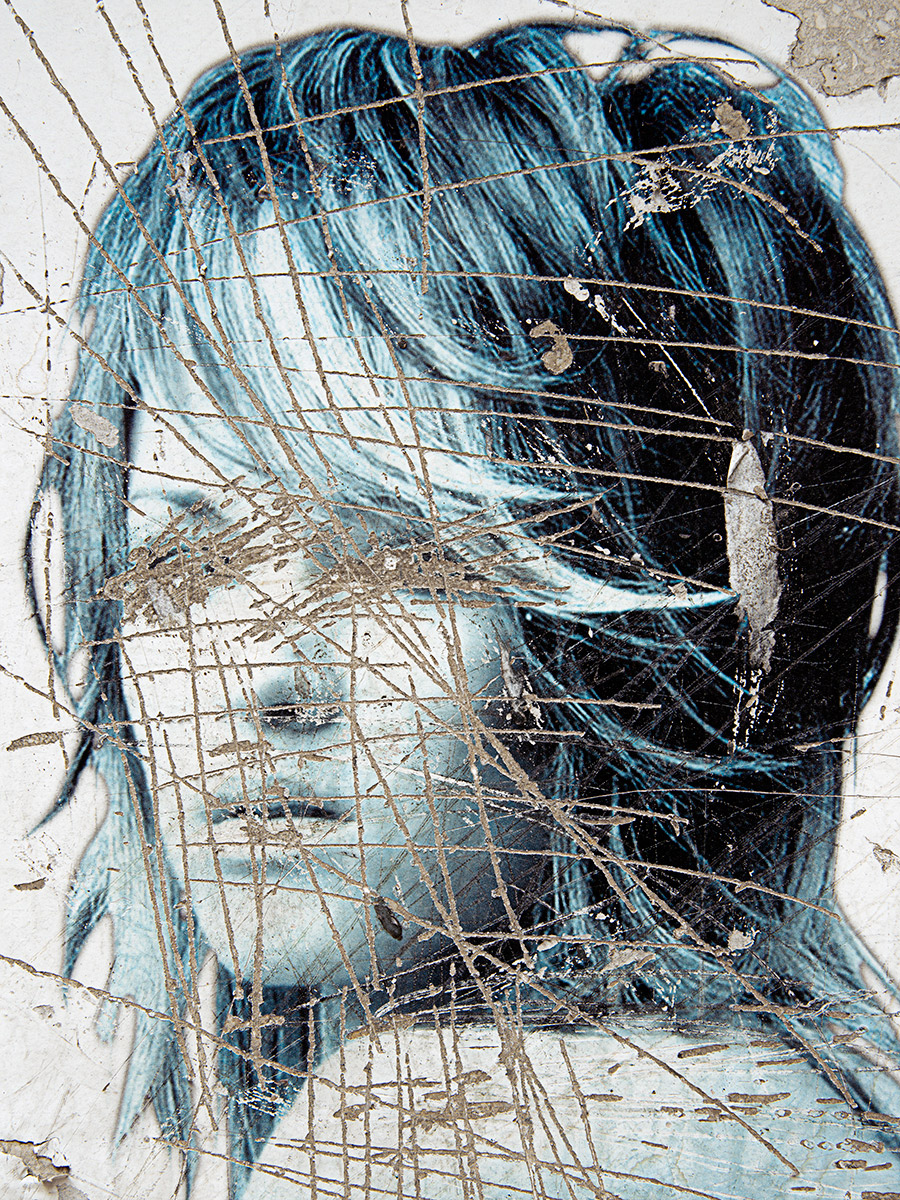
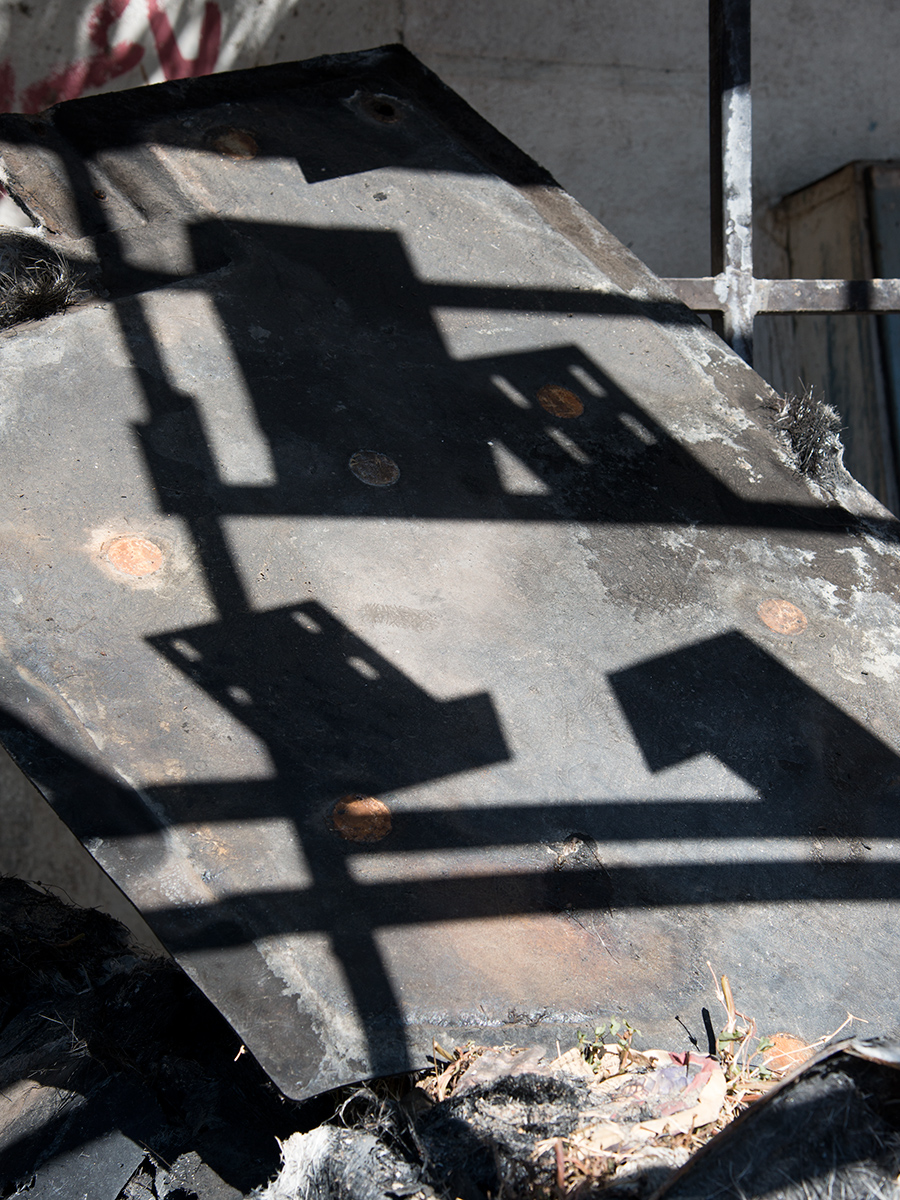
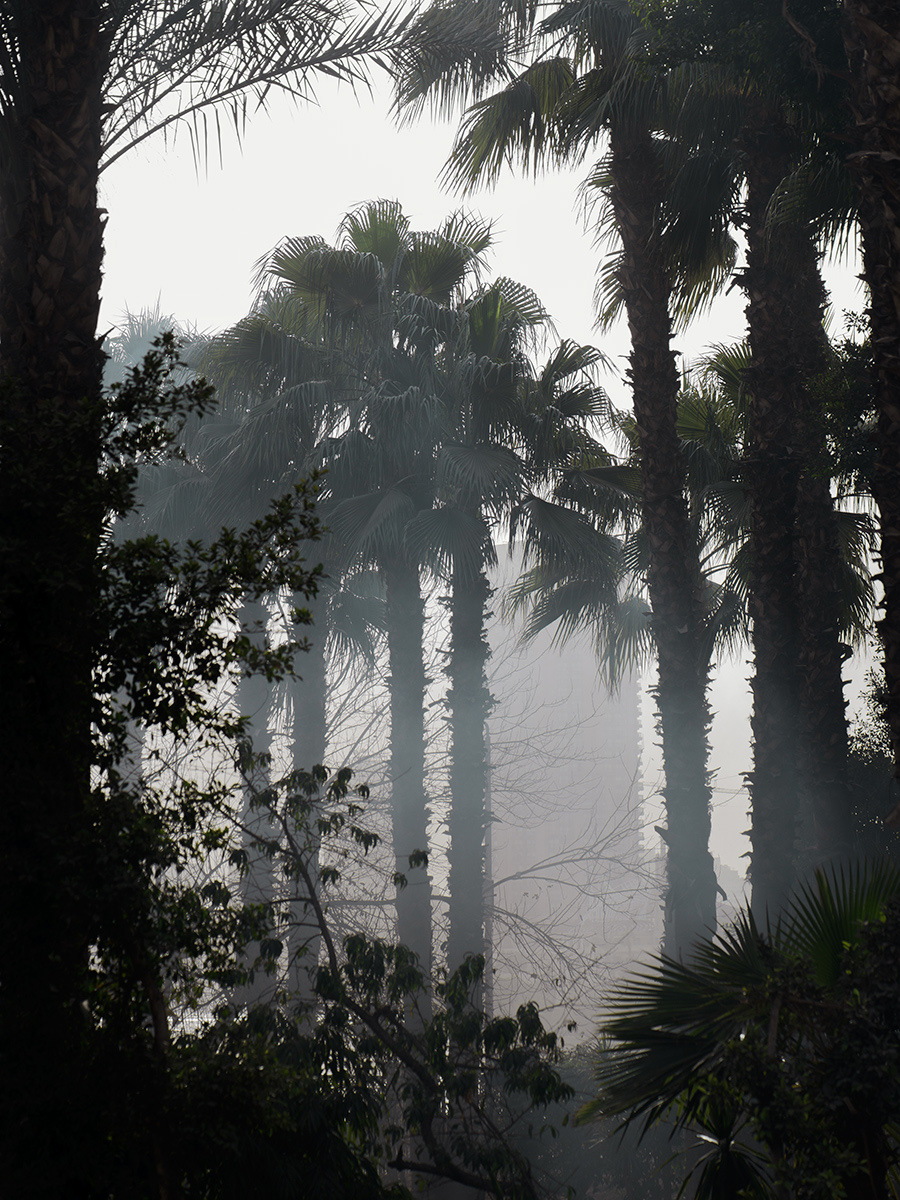
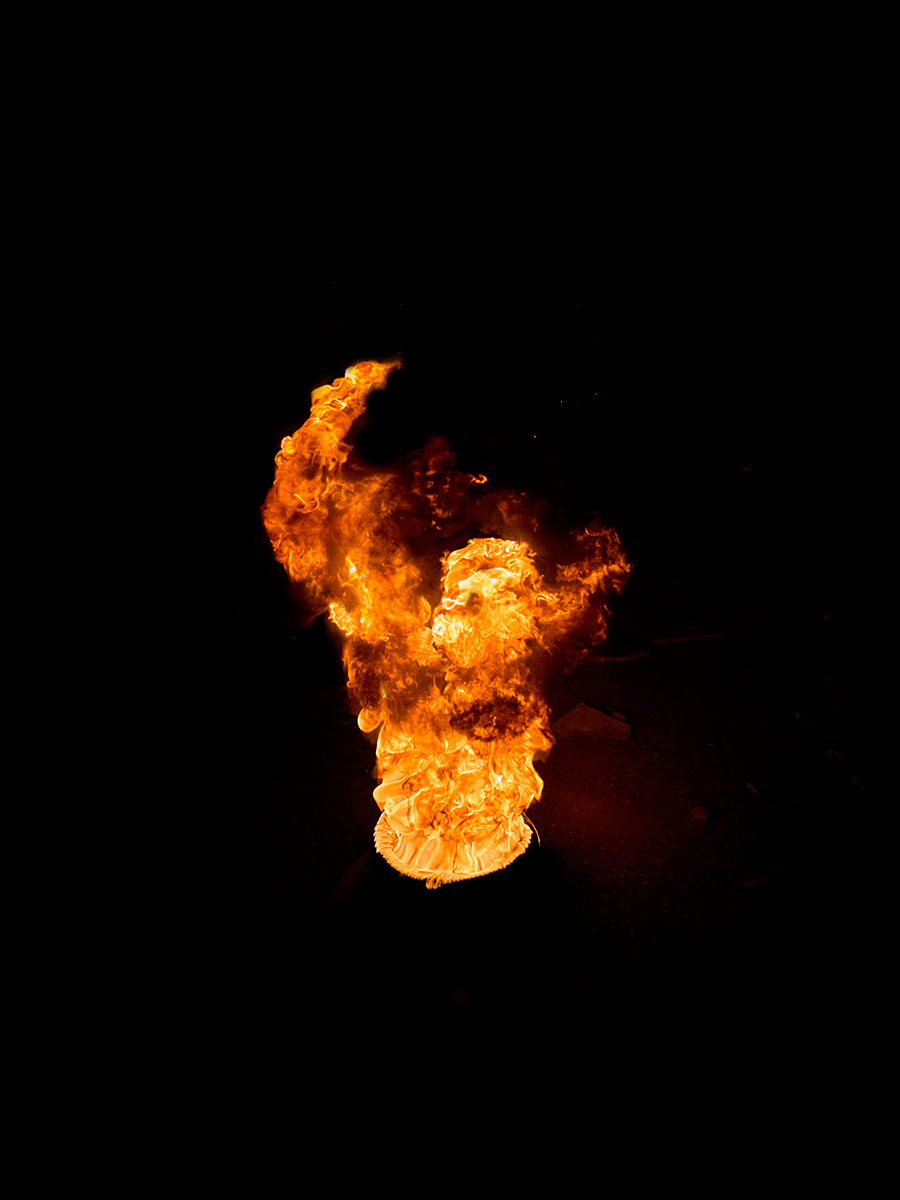
I added some of his Hong Kong photos but they aren't working in this format! He was arrested in the protests for being an independent journalist and then had his website hacked afterward. I messaged him on IG and he responded and followed me. Despite his "stature" he is very down to earth. I connect to the political and human nature of his subjects. Those topics are definitely something I would love to be involved photographing.
1. They are the result of a complicated meshwork of concepts, instincts, and observations that have been brewing inside me my whole life.
2. First, I'd say I have to be compelled by the subject and location. For me, the goal is for projects to be fluent in the medium's language and to leverage this to address problematic power relationships in the world.
3. Photos somehow feel unfinished if they are not part of a completed project.
5. Paul Graham once called a photographers intuition their "liquid intelligence".
7. Those who know me well say I tend to exhaust all options before finishing a body of work.
I really connect with his chosen subjects. I think it is important to document the social commentary of our world.
__________________________________________________________________________________
Sian Davey
Bio
Following a 15year career as a psychotherapist in private practice, British photographer Sian Davey launched a career in photography in 2014, drawing on her experiences as a psychotherapist and mother to inform her practice. Davey studied Fine Art painting (Bath Academy of Fine Art, 1985) and Social Policy (University of Brighton, 1990) Humanistic Psychotherapy (1995) and more recently, photography (MA 2014 and MFA 2016 at Plymouth University).
Artist Statement
Siân Davey is a photographer with a background in Fine Art and Social Policy. She has worked as a humanist psychotherapist for the past 15 years, and it is this training that has helped facilitate an acute and nuanced awareness of both herself and her immediate worlds. Her work is an investigation of the psychological landscapes of herself, her family and her community, all of which are central to her practice.
I enjoyed learning about her family through her photographs. They are personal without feeling too voyeuristic. She has a magical way of capturing the light! I am also excited about her story. Leaving one career for another since that is what I am going through. It gives me hope!
2. A larger body of work allows a story to reveal itself over time.
5. It's fluid.
6. No, because that would be a rejection of self.
7. I know it is finished when the charge drops, and the thing that pulled you along is no longer there. You can feel yourself lose the connection to your narrative.
I learned from discovering her process. Largely because my work this summer has been an escape from quarantine, myself and family junk. It was an exploration of my environment and the tiny towns around me. And just like that I have found my theme. I prefer a theme rather than subject because it has wider parameters.
__________________________________________________________________________________
Doug Dubois
Bio
Doug DuBois’ photographs are in the collection of the Museum of Modern Art in NY, SFMOMA in San Francisco, J. Paul Getty Museum and LACAMA in Los Angeles, The Museum of Fine Art in Houston, the Library of Congress in Washington DC and the Victoria and Albert Museum, London. He has received fellowships from the John Simon Guggenheim Foundation, the MacDowell Colony, Yaddo, The National Endowment for the Arts, SITE Santa Fe, Light Works and The John Gutmann Foundation. Doug DuBois has exhibited at The J Paul Getty Museum in Los Angeles; The Aperture Foundation, The Museum of Modern Art and Higher Pictures in New York; SITE, Santa Fe; New Langton Arts in San Francisco; PARCO Gallery, Tokyo, Japan, Museo D’arte Contemporanea in Rome, Italy and The Irish Museum of Modern Art, The Crawford Art Gallery and the Gallery of Photography in Ireland.
He has published two monographs with the Aperture Foundation, My last day at Seventeen (2015), All the Days and Nights (2009); exhibition catalogues including Where We Live: Photographs from the Berman Collection (2007) with the J. Paul Getty Museum, The Pleasures and Terrors of Domestic Comfort (1991) with the Museum of Modern Art; as well as features in Double Take, The Picture Project, The Friends of Photography, and in magazines including The New York Times, Time, Details, GQ, The Telegraph and Financial Times of London, Monopol in Berlin and Outlook Magazine in Beijing.
Doug DuBois received his MFA from the San Francisco Art Institute and is an associate professor at Syracuse University and on the faculty at the Hartford Art School’s International Limited Residency MFA program in photography.
Artist Statement
“I’d made a photograph of her depression, not seeing it,” DuBois has said. “I realized, quite profoundly, that you can make a picture of something, you can look at something, and not recognize it—that photographs tell you more than you know.” He realized the power of portraits to “reveal a sense of history, time, trauma,” and he became interested in narrative context, in the story that exists in the space outside of and in between pictures.
So, I went down the John Wayne Bobbit rabbit hole and wow. I knew of the story but now really knowing the story is a bit well...sad, sad for Lorena. The world is so unkind.
1. Can I say both? For me it's kind of a chicken/egg/words/music thing...
2. The personal motivates me me to make the work and the political teaches me...
6. Voice is a good way to talk about an artist's point of view.
8. Pretty much everything I do is made in the editing process-it's a necessary skill that's not easily required...
12. What are you going to do with the pictures?
His photo's focus on storytelling of people. It not hard to let your mind wander and make up a story to them. There is a an intimacy with his photos that's different...almost a sadness to them.

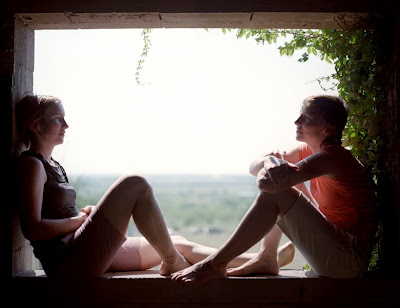


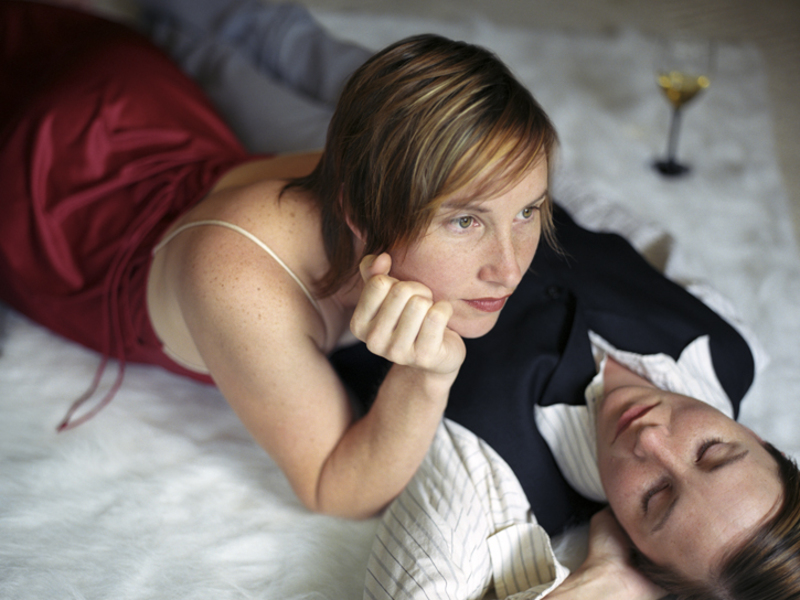









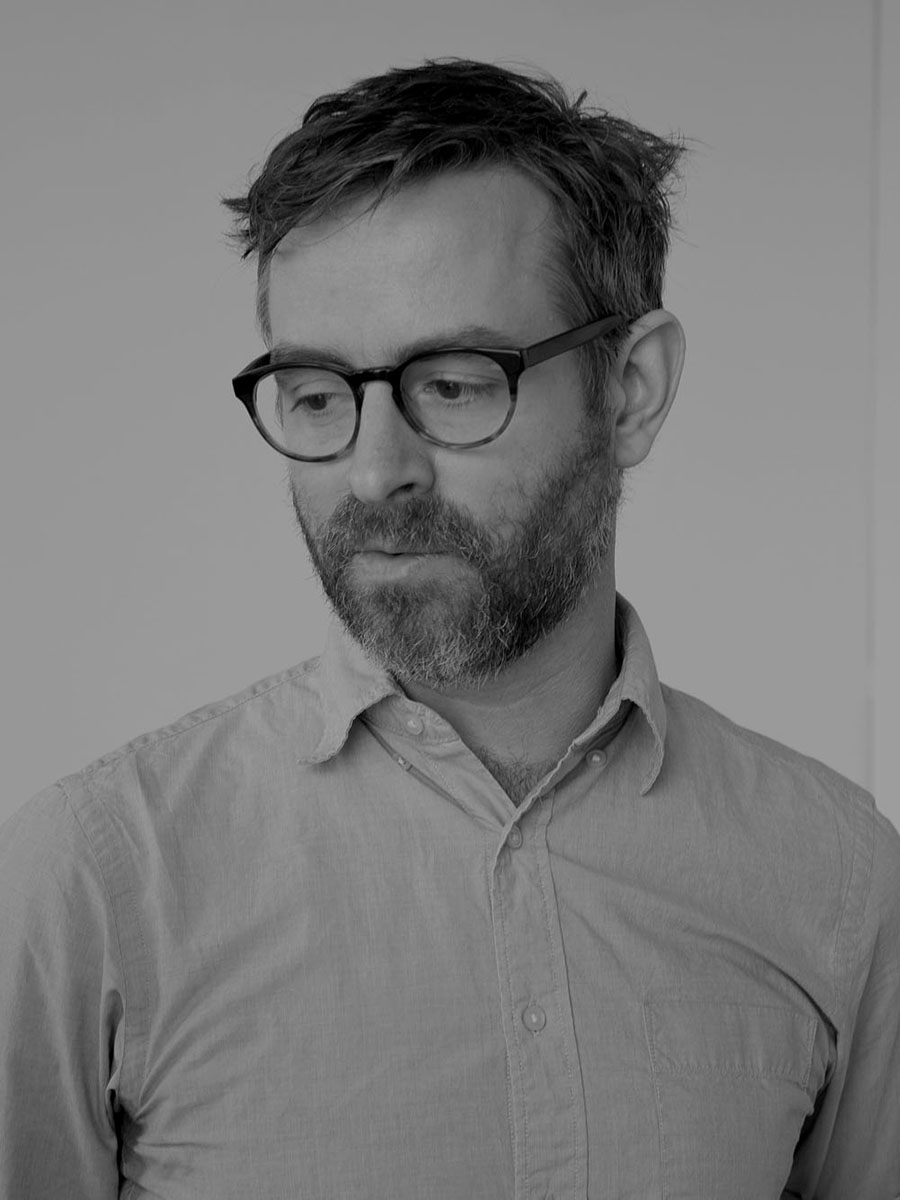




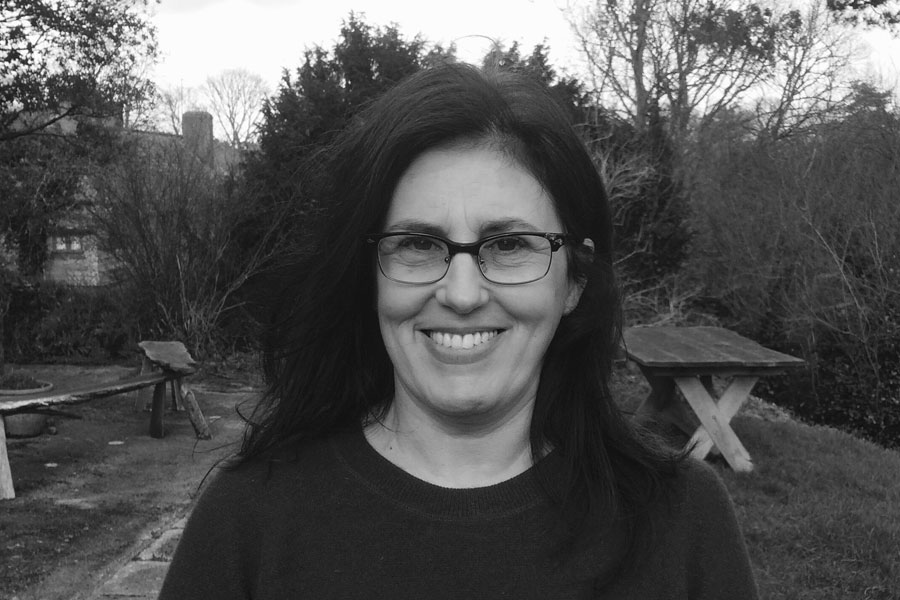




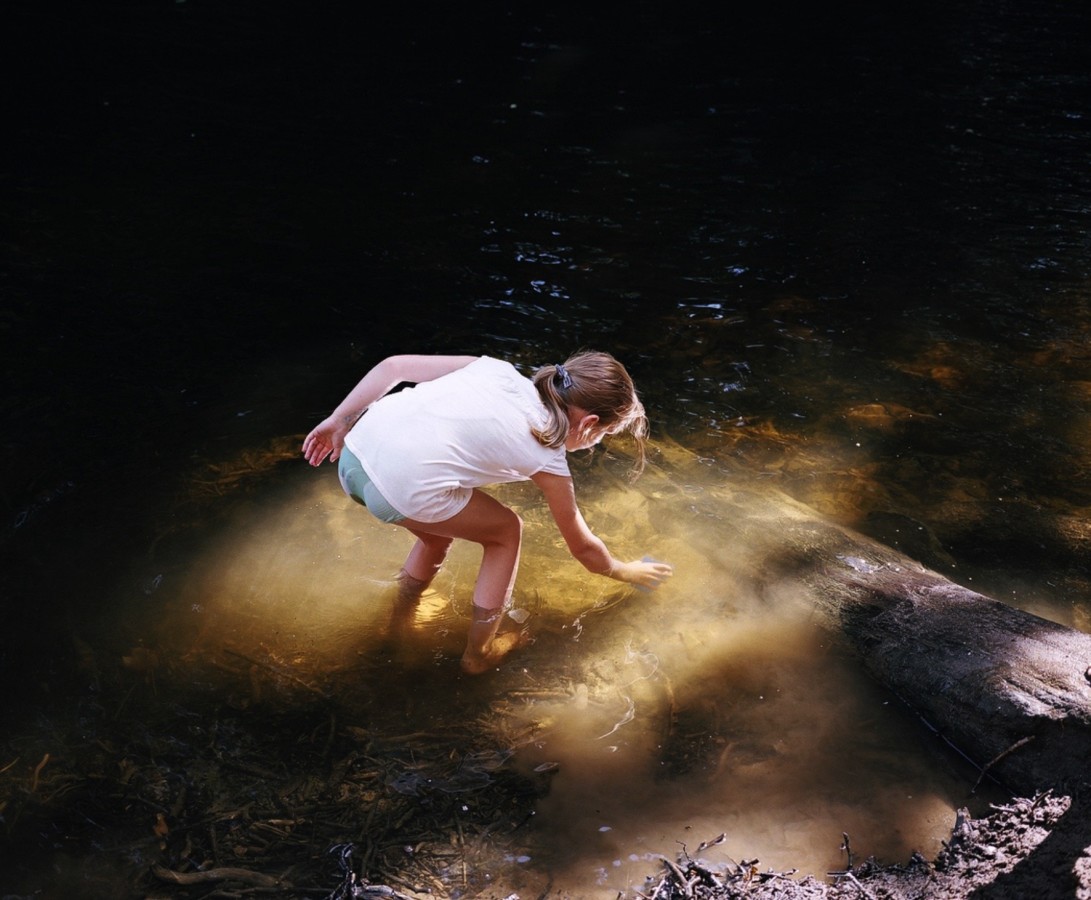




Comments
Post a Comment